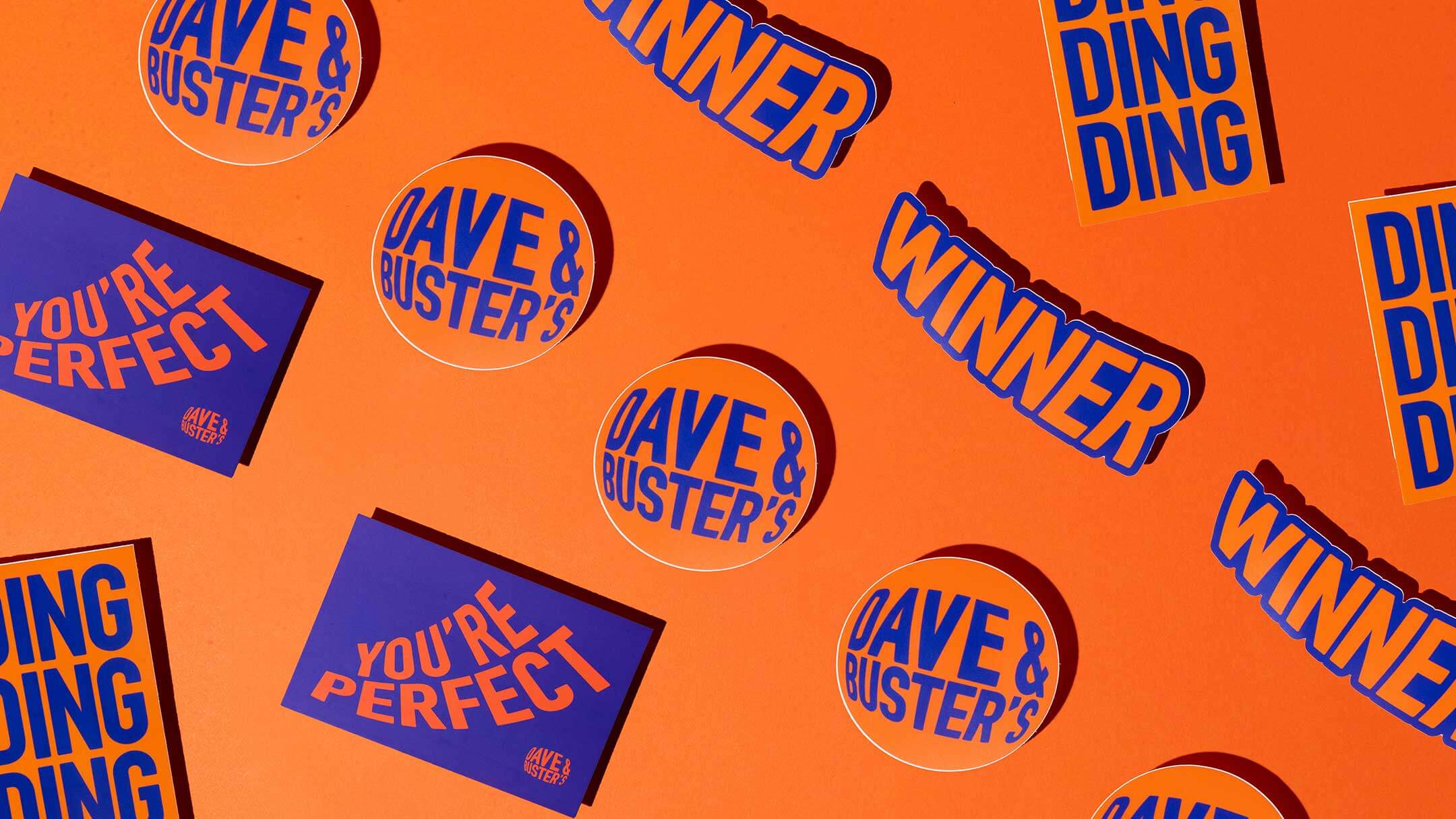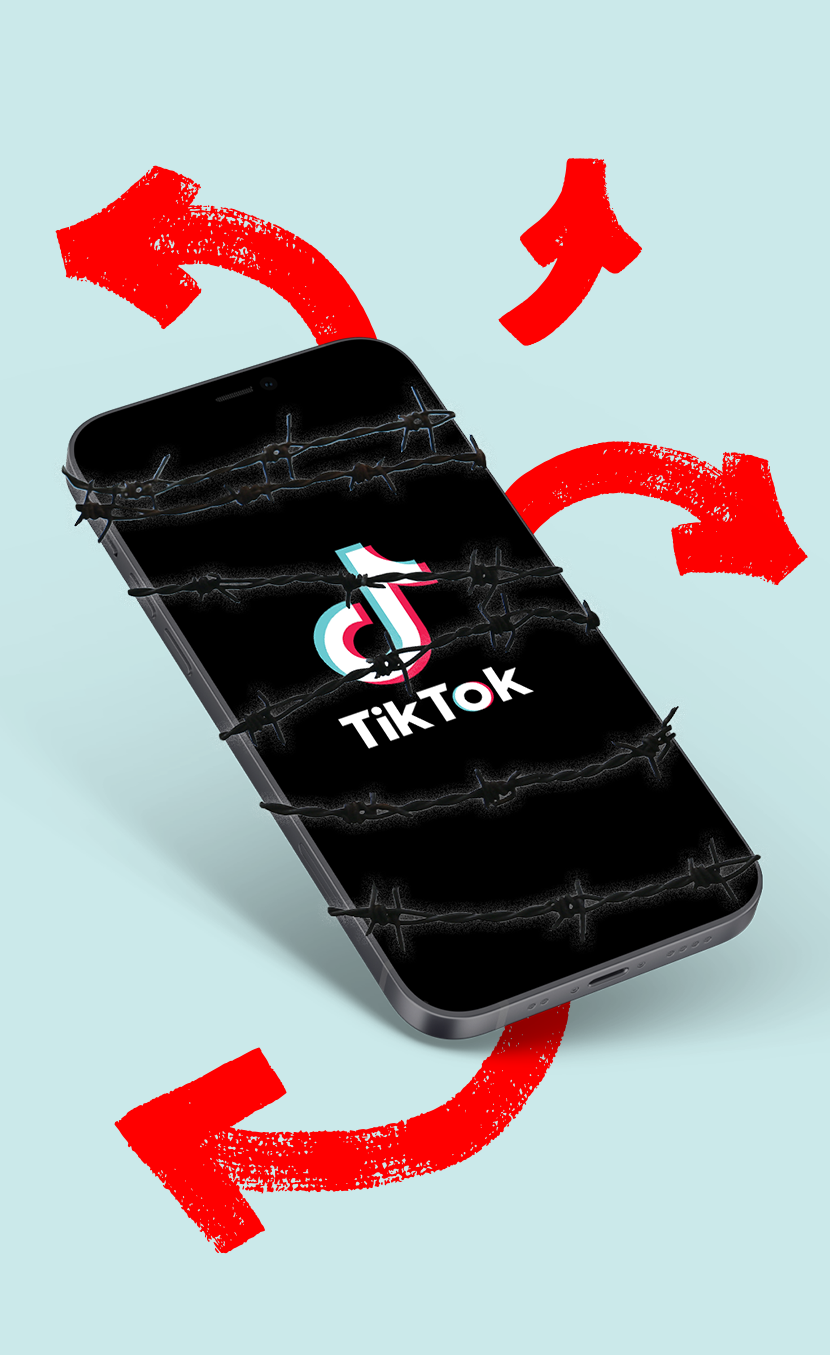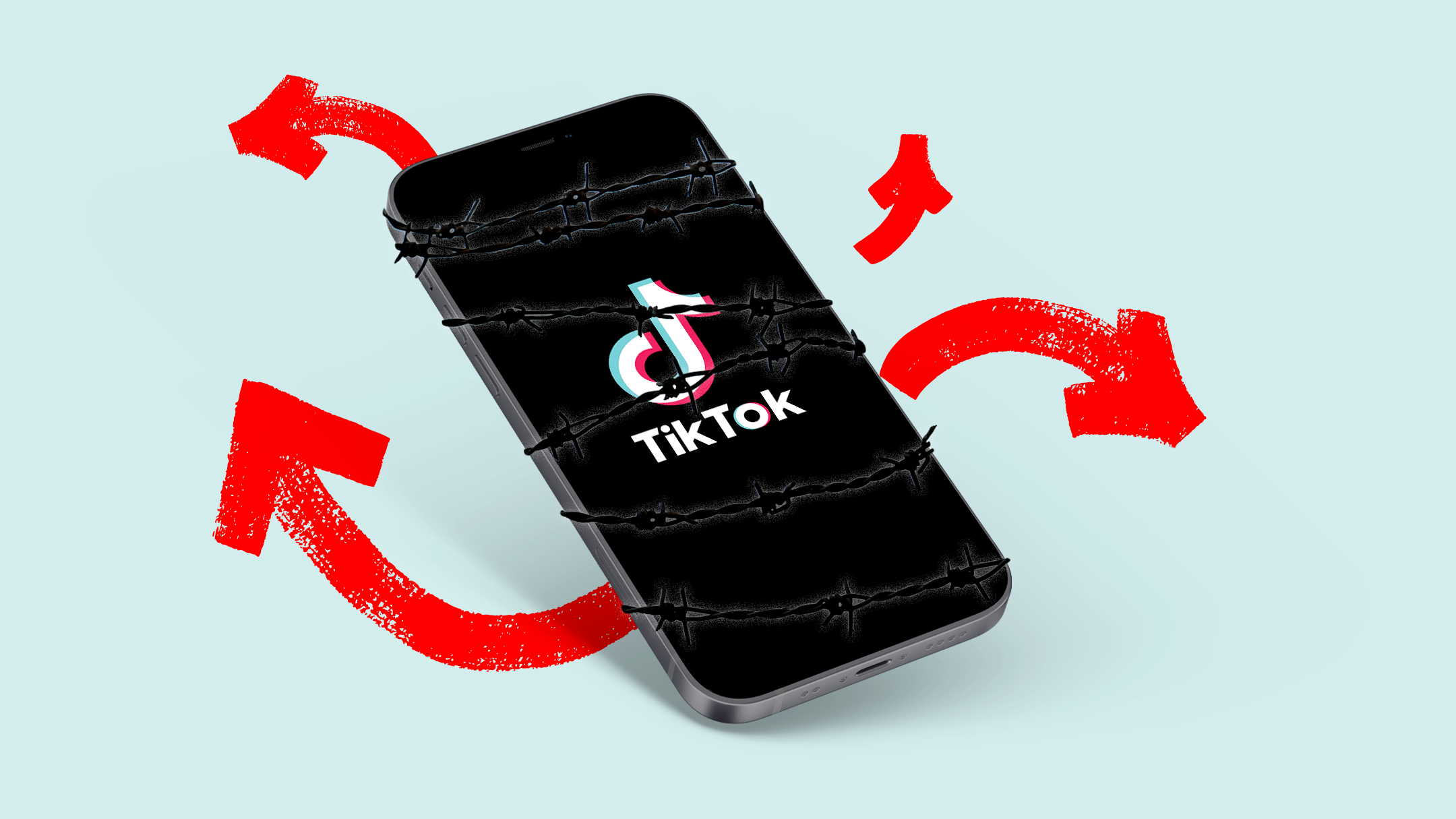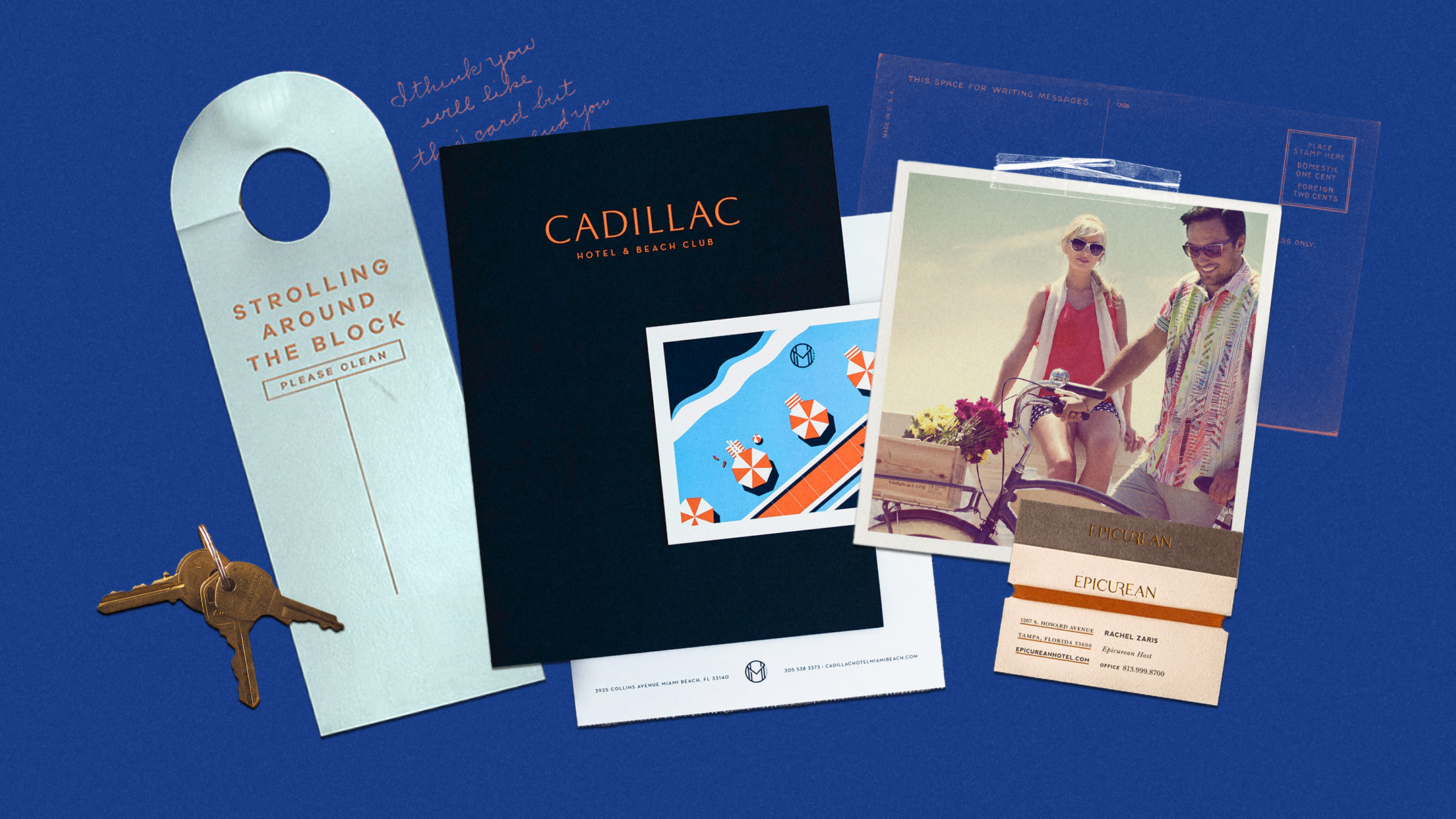How marketers should navigate a potential TikTok ban
Brands need a diversified approach that emphasizes quality and reliability.
With over 150 million users in the country, a potential ban of TikTok in the U.S. has raised significant concern among users and the creative industry.
The U.S. government has mandated that TikTok parent company, China-based ByteDance, divest its ownership of the app within eight months, or face a ban. It isn’t the first time TikTok has faced scrutiny over its origins; the app has been banned either fully or on government devices in 16 countries.
If a ban proceeds, TikTok’s user base will be immediately disrupted — in particular, creators relying on the platform for income and marketers using it to grow their brands.
In the face of a potential ban, marketers need to start building a diversified, multi-channel approach that emphasizes quality and reliability. Brands must adapt to maintain engagement – and revenue — by repurposing TikTok’s unique ability to create real-time, relatable content across platforms.
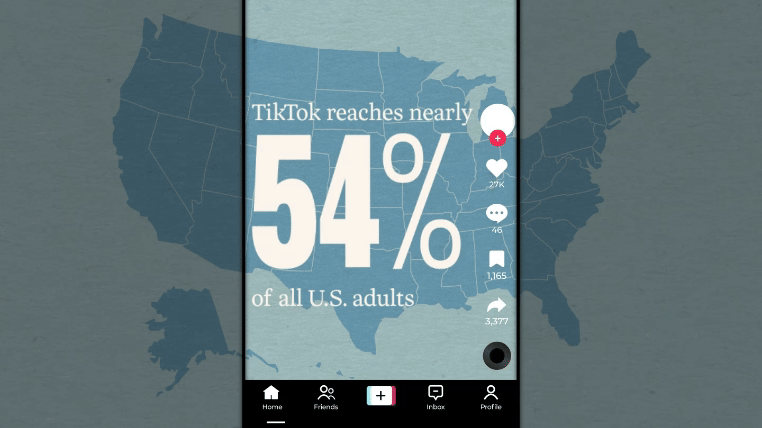
Understanding the impact of the TikTok ban
TikTok’s absence would force a significant shift in marketing budgets.
According to eMarketer, TikTok reaches nearly 54% of all U.S. adults. As a result, the platform’s ad business is projected to generate $8.6 billion in revenue in the U.S. this year.
A sudden ban would push users and creators to seek alternative platforms, causing a chaotic migration that could lead to a potential loss of followers and revenue.
Additionally, the U.S. creator economy, valued at $27 billion last year, could dramatically decline. Influencers would be forced to move to other platforms, and if too many of them flock to the same ones, it could lead to increased competition and content oversaturation — making it harder to stand out.
Building direct connections with audiences
The threat of a TikTok ban underscores why brands and creators need to maintain a multi-channel presence across established and emerging platforms.
Brands should anticipate user migrations and adjust their strategies accordingly. Instagram and YouTube are the top alternatives to TikTok, with Instagram reaching 45% of U.S. social media users, according to Statista.
Brands and creators alike must also explore new ways to engage audiences off of social media, exploring new formats and interactive features. A diversified content strategy, including blogs, newsletters and podcasts, ensures a well-rounded digital presence.
Creators can also diversify their audience connections through subscriptions to their channels, ensuring continued engagement and monetization opportunities.

Addressing emotional and behavioral connections
While there are alternatives to TikTok, the platform has built a solid emotional connection with its users and creators, largely earned by providing community and entertainment during the COVID-19 pandemic. This bond will influence how users respond to a potential ban and where they choose to migrate.
Instagram and YouTube have tried to replicate TikTok’s success with similar features and by adapting to TikTok’s user behaviors. For example, Instagram is testing features like hiding text overlays. But these platforms have struggled to match TikTok’s emotional connection.
For brands and creators, recapturing TikTok’s success across new platforms will require real-time, relatable content and a platform-agnostic approach that keeps pace with new features and anticipates user migration habits.
Strategies for navigating an evolving landscape
Marketers should continue leveraging TikTok while they can, while starting to diversify their efforts, such as ramping up activities on YouTube Shorts and Instagram Reels. Brands should also focus on creating high-quality, relatable content that is not platform-dependent.
It’s crucial for marketers to stay informed about new features and trends across platforms in order to adapt quickly and maintain a competitive edge. Be early adopters of emerging tech to tap into opportunities to reach new audiences — and to ensure your brand can expand its digital footprint and succeed beyond the dominant platforms.
The potential TikTok ban underscores the importance of a diversified, multi-channel digital strategy that emphasizes building direct connection with audiences. For brands, staying informed and adaptable is crucial as the landscape continues to evolve.
By embracing creativity, resilience and innovation, marketers can ensure their strategies are robust enough to withstand any disruption — or full-out ban.


